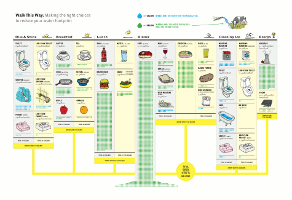In case you missed it last week, among all the pop-culture news coverage and myriad other events, the U.S. has joined a majority of the world’s countries as a member of IRENA. The new International Renewable ENergy Agency. After reading their FAQ I still wasn’t entirely sure what they expected to do, but their press packet was a little more enlightening:
The Agency’s tasks will include, among others,
• working with its member states to improve the policy environment for the use of renewable energy,
• engaging in cooperation on technology transfer issues in the area of renewable energy, and
• supporting capacity building measures in the field of renewable energy.
The Agency will advise its member states using an integrated, practice-oriented approach that takes account of country-specific circumstances. To that end, IRENA will pursue specific activities:
• policy advice,
• advice on financing and technology issues, and
• processing and provision of information, including reliable scientific data.
Sounds swell, and I hope that I’m not reading between the lines too much because it sounds like IRENA could actually seek some desperately needed patent reform. The existing system is a mess, and is regarded by many to hinder rather than help progress of the technical arts as the founding fathers initially intended. For instance, last week the Wall Street Journal carried an article about Toyota’s immense Prius patent portfolio, and its impact on the competition.


 Still wondering just what ACES a.k.a Waxman-Markley, or “The Climate Bill,” is all about? Perhaps this
Still wondering just what ACES a.k.a Waxman-Markley, or “The Climate Bill,” is all about? Perhaps this 
 A report by the British
A report by the British 



